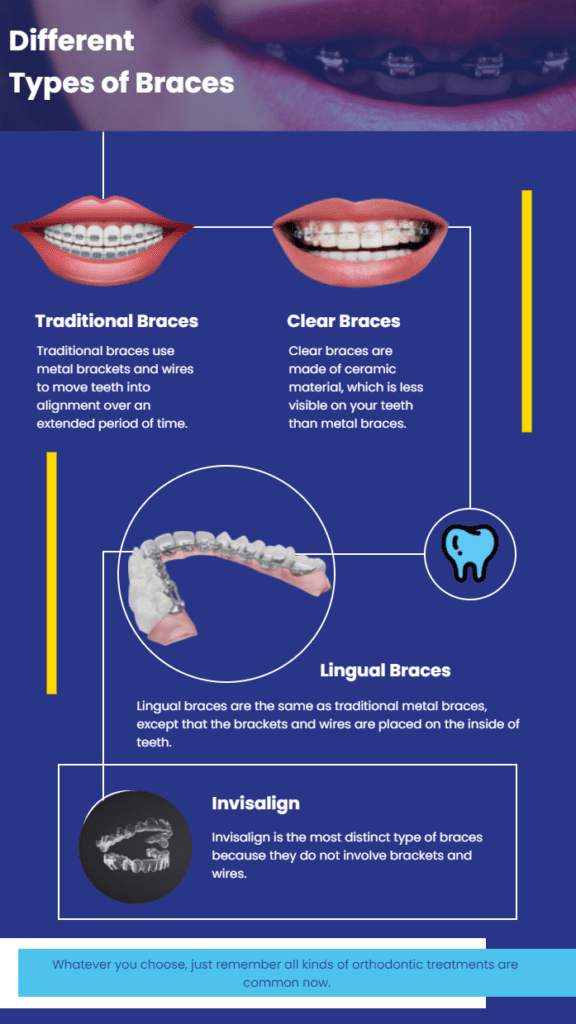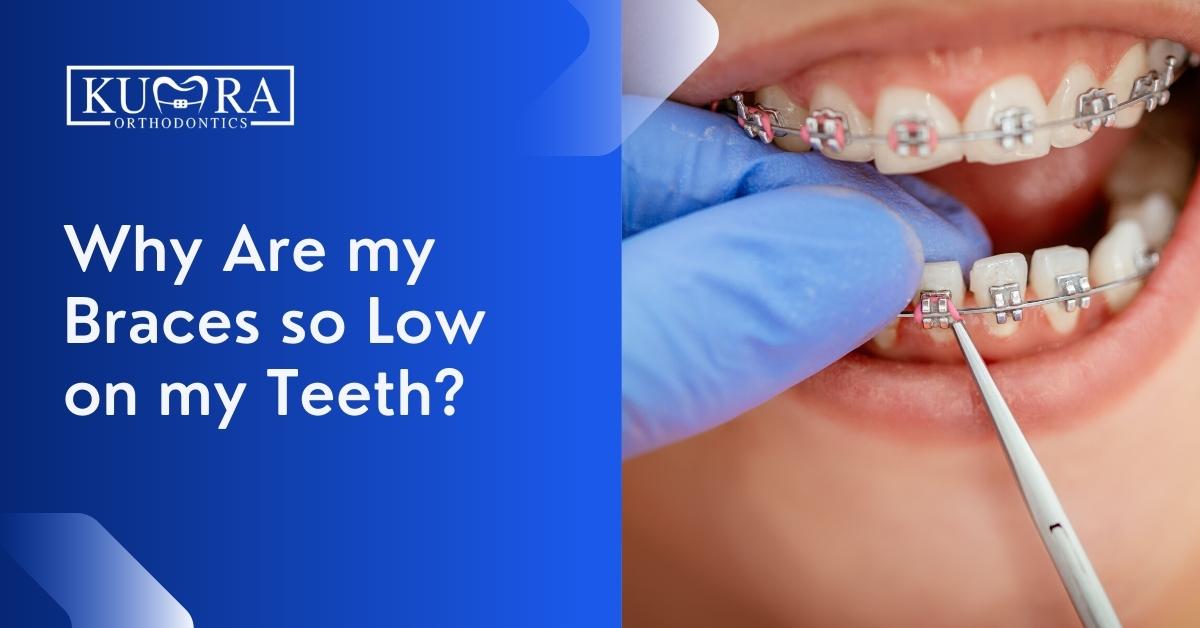How Cumming Orthodontics Addresses Common Braces and Invisalign Problems
How Cumming Orthodontics Addresses Common Braces and Invisalign Problems
Blog Article
Comprehensive Overview to Orthodontics Procedures for Fixing Dental Imbalances
In the world of orthodontics, the journey to accomplishing a completely straightened smile entails a myriad of procedures tailored to remedy oral imbalances. From traditional braces to unnoticeable aligners and also medical alternatives, the field of orthodontics offers a variety of services to attend to differing levels of dental irregularities. Comprehending the ins and outs of each treatment, including their devices, advantages, and prospective disadvantages, is critical in making educated choices concerning one's orthodontic therapy. As we browse with the extensive guide to orthodontic procedures for fixing dental misalignments, the intricate information of each approach will unravel, clarifying the course toward a harmonious and functional oral positioning.
Orthodontic Procedures Introduction

Routine modifications and tracking are critical parts of orthodontic treatment to ensure progress is on track and to make any type of required adjustments along the method. By going through orthodontic treatments, individuals can not just accomplish a straighter smile however likewise improve their overall oral health and function.
Traditional Dental Braces: Just How They Function
When taking into consideration orthodontic therapies for dental imbalances, typical braces stand apart as a time-tested approach for remedying teeth positioning. Traditional dental braces consist of brackets, cables, and bands that function together to use continuous stress on the teeth, gradually relocating them into the preferred placement. The brackets are affixed to the teeth using an unique adhesive, and the wires are threaded via the brackets. By changing the stress of the wires, orthodontists can manage the instructions and force used to each tooth, directing them right into correct positioning with time.
As stress is used to the teeth with the dental braces, the bone bordering the teeth is reshaped to support the new tooth positions. Clients will need regular adjustments at the orthodontist's workplace to ensure the braces proceed to use the correct pressure for effective teeth movement.
Undetectable Aligners: Disadvantages and pros
Invisible aligners supply a discreet and practical choice to typical dental braces for remedying dental imbalances. These clear, personalized trays are virtually unseen when used, making them an attractive option for people looking for a more aesthetically pleasing orthodontic therapy. Among the primary benefits of undetectable aligners is their removability, enabling for simpler maintenance of dental hygiene compared to typical dental braces. Clients can remove the aligners prior to eating or cleaning their teeth, minimizing the danger of food getting embeded the device and simplifying the cleaning procedure.

Surgical Orthodontic Options
Surgical interventions in orthodontics present practical choices for attending to complicated dental misalignments that may not be effectively dealt with through conventional orthodontic treatments. While unseen aligners and typical dental braces can remedy numerous orthodontic issues, certain instances call for medical intervention to achieve ideal results. Surgical orthodontic alternatives are commonly advised for serious malocclusions, significant jaw disparities, and instances where the underlying bone structure requires alteration to accomplish proper alignment.
One usual surgical orthodontic procedure is orthognathic surgical procedure, which includes repositioning the jaws to remedy practical issues such as problem speaking or chewing. This surgical procedure is typically carried out in cooperation with an orthodontist who aids line up the teeth before and after the treatment. Surgical orthodontics might additionally entail treatments to expose affected teeth, remove excess gum tissue, or improve the jawbone to develop an extra harmonious face account.
Before taking into consideration surgical orthodontic alternatives, clients undertake an extensive evaluation to figure out the need and prospective advantages of such interventions. cumming orthodontist. While surgery may appear challenging, it can significantly enhance both the feature and visual appeals of the smile in situations where standard orthodontic treatments fall short
Retainers and Post-Treatment Treatment

Post-treatment treatment involves following the orthodontist's directions faithfully. This might include proper oral hygiene methods, going to follow-up visits, and putting on the retainers as suggested. Failure to adhere to post-treatment care instructions can result in relapse, where the teeth slowly return in the direction of their initial placements. Regular retainer wear, excellent dental health, and normal oral exams are important for preserving the results attained via orthodontic surgery and guaranteeing the long-lasting security of the corrected dental alignment.
Conclusion
To conclude, orthodontic procedures use various options for remedying oral imbalances. Traditional braces utilize steel brackets and wires to move teeth right into correct placement. Unnoticeable aligners provide an even more very discreet alternative yet may not be ideal for all situations. Surgical orthodontic options are readily available for a lot more severe imbalances. Retainers are typically made use of post-treatment to preserve the brand-new positioning. Overall, orthodontic procedures can effectively enhance oral health and wellness and aesthetic appearance.
As we navigate through the detailed guide to orthodontic procedures for remedying dental imbalances, the complex information of each technique will certainly unfold, cheap dental care losing light on the path toward a functional and harmonious oral placement. - orthodontics
One of the most typical orthodontic therapies is the usage of dental braces, which consist of metal brackets and cables that apply mild stress to progressively change teeth into the desired setting.When thinking about orthodontic therapies for oral imbalances, typical braces stand out as a time-tested method for fixing teeth positioning. useful content Furthermore, undetectable aligners might not be ideal for intricate orthodontic issues that require more significant teeth movement, as they are generally suggested for moderate to moderate cases. Retainers are customized orthodontic gadgets developed to hold teeth in their fixed settings after the completion of orthodontic treatment.
Report this page